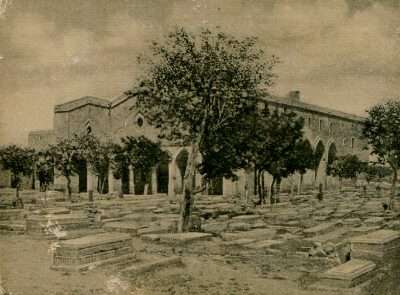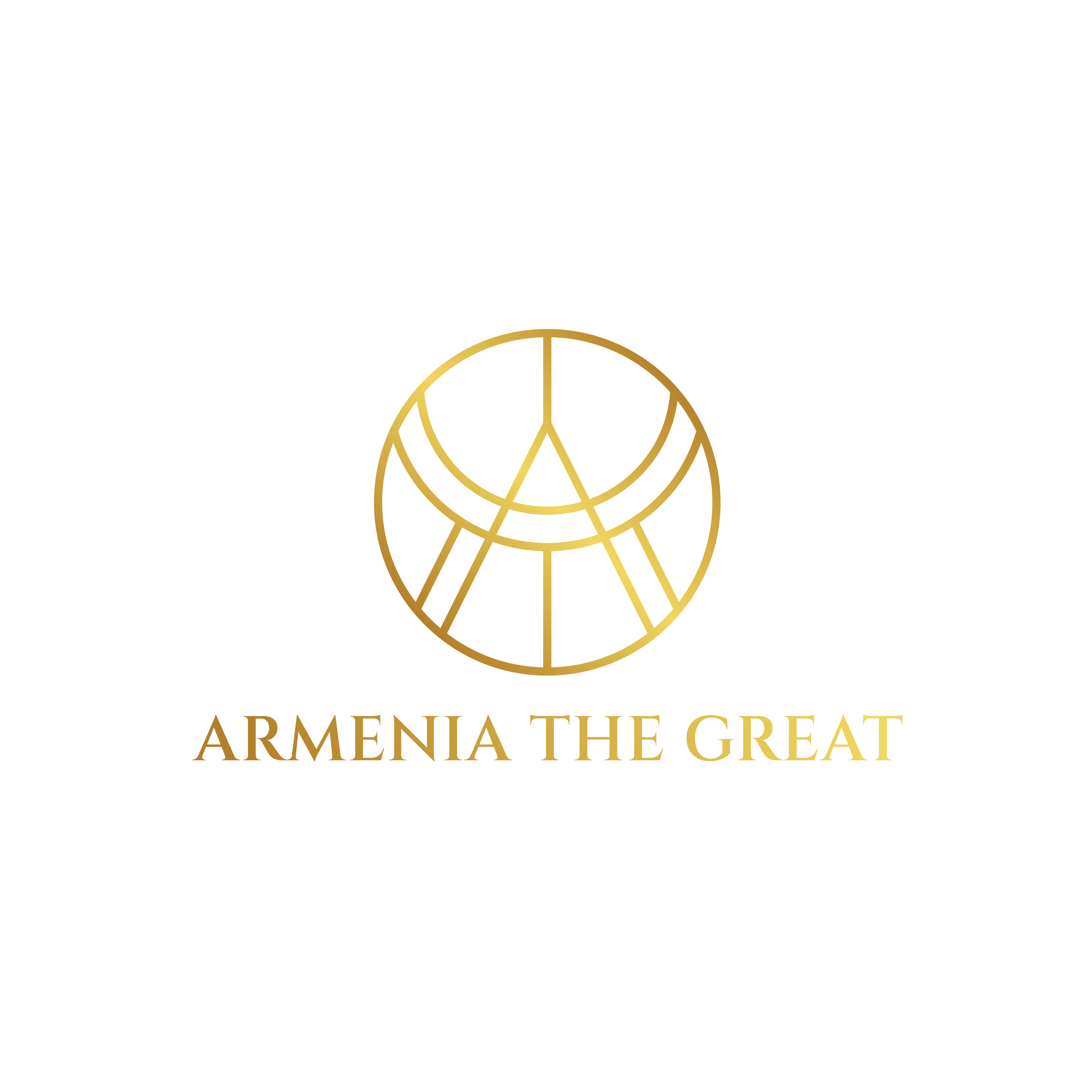This is the story of D. Bagdasaryan’s great-grandmother, Mary, and her parents, Khach Khatoon and Hovanes, who survived the Armenian Genocide. As recounted by Mary’s daughter, Nevart Cholakian—Khatoon and Hovanes’ granddaughter—this is the tale of a family swept into the horrors of the Armenian Genocide.As a tribute to her grandparents’ resilience, Nevart heard these stories directly from them.The story begins in the ancient city of Urfa. Khatoon was born to her mother, Maryam, with her father already deceased. She had two older brothers, Garabed and Krikor, and two sisters, Lusin and Heripsime. Khatoon also shared her life with her mother-in-law, a fierce woman, and seven strong brothers-in-law, all known for their courage. Hovanes was abroad when the violence started, so he missed out on the first few horrifying moments. The Armenians of Urfa, including Khatoon’s family, launched a brave fight, using the high ground and every last round of ammo to fight off the oncoming Turks. As their supplies ran out, the Turks overpowered and killed the defenders. Khatoon witnessed horrible horrors, including the dead body of her eldest brother as well as the deaths of her seven brothers-in-law and mother-in-law on the front lines. “They fought until their last breath,” Khatoon later recounted.
When Khatoon’s family, Maryam, Lusine, and Heripsime, faced danger, as Turks invaded the city, they all found refuge in the church. Tragically, Lusine witnessed the terrible murder of her husband and two children right in front of her. She was a mother to twin infant daughters and two adult boys. She experienced shock and anguish, leaving Khatoon and Maryam to care for her infants. Heripsime, the mother of two girls, fought to ensure their safety.The remaining men urged the women to flee the building as the Turks began to burn it down. To avoid an even worse fate than death, Heripsime threw herself and her children into a well amidst the chaos. As if her heart wasn’t already devastated, Lusine witnessed her sister’s and the niece’s tragic death.As the women fled, the endless miles of walking took a toll. Maryam, exhausted from carrying Lusine’s twin daughters, struggled to keep going. The babies were starving, their cries piercing the desolation. At one point, Lusine, overwhelmed by grief and madness, threw the infants into a river. Khatoon leapt in and saved one, Siranoush, but could not reach the other in time. Separated from her mother and sister, Khatoon remained alone, walking endlessly, not knowing where she was going, she put mud on her face and pretended to be insane to avoid capture. She barely escaped the Turks, who shoved her aside and left her for dead. Khatoon eventually joined one the death march. She described terrible atrocities, such as whipping women and children and calling them “sinners,” or stabbing a pregnant Armenian woman and ripping her unborn child from her body. Despite the horrors, Khatoon survived and made her way to Manbij, Syria. There, with blistered and burned feet, she found sanctuary in a church and began the search for her family.A church provided her with a safe haven while she looked for her relatives, her feet scorched and blistered from the journey. She found her mother in Manbij and they went to Aleppo to look for Lusine and Hovanes. Despite all the odds, she eventually found her husband, Hovanes, who had assumed her death but didn’t find Lusine. Hovanes journey had taken him from Syria to Egypt, where he couldn’t find a job, so he started a shoe-shining stand and, by chance, met with a wealthy Armenian named Levon, who may have been involved in Operation Nemesis, according to Hovanes. Levon reminded him that Armenians never lower their heads down but always keep them up, “hye e misht klkhuh partsr ga baheh.” Hovanes questioned him how he knew he was Armenian. And Levon said, “I can pinpoint Armenians from miles away, and I can tell this is not your job, but that you are doing this just to survive. Hovaness said, “I don’t want to beg,” to which Levon responded, “Of course, Armenians don’t beg.” Levon then gave him large sums of money, telling him, “I am only in Egypt for a mission I can’t tell you about. Go to France; there is an Armenian community there; I will meet you there.” Hovaness heeded his advice and traveled to France. While in France, he found Armenians but said they weren’t the kind of Armenians he’s used to; they were very cold with him, and the lifestyle and culture there were very different for him. Before he used up all his money staying there, he decided it wasn’t a place for him to live and returned to Syria. Upon his return to Syria, he and Khatoon had a miraculous reunion.The couple settled in Aleppo and later ventured to Iraq in search of Khatoon’s brother Krikor. Despite not finding Krikor, they discovered Lusine had remarried and was raising a new family with her surviving daughter, Siranoush.Hovanes and Khatoon later returned to Aleppo and started a successful business in Dikrana Gert, where their daughter Mary was born after seven tragic losses of other children. In keeping with a vow, they took Mary to Jerusalem for a pilgrimage, marking her survival with a cross tattooed on her wrist.Despite the continued hardships, including accusations against Hovanes and the decision to leave Dikrana Gert due to rising tensions, the family persisted. They returned to Aleppo, where their daughter Janet was born in 1938, and Maryam passed away.Khatoon and Hovanes eventually settled in Iraq, where their granddaughter, Nevart, was born. She grew up with three sisters and a brother, carrying forward the legacy of strength and survival etched into the very fabric of this Armenian family.This Armenian genocide survival story is not only a testament to Khatoon and Hovanes’ resilience but also a reminder of the enduring human spirit in the face of unimaginable suffering. Their courage and warrior spirit safeguarded the survival of future generations, leaving behind a legacy of hope and resilience.

